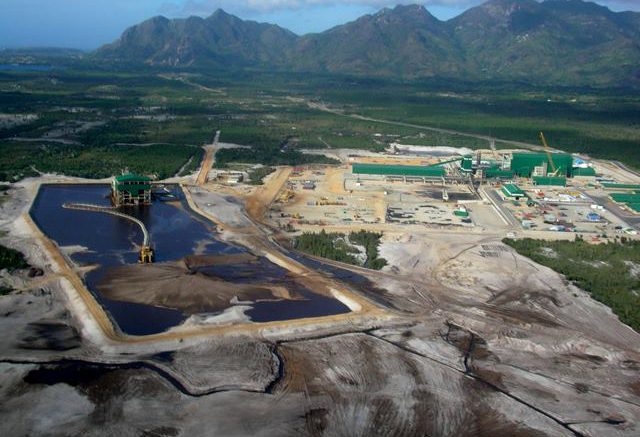A group of rural villagers from Madagascar has launched a legal claim in Britain against Rio Tinto (NYSE: RIO; LSE: RIO; ASX: RIO) over allegations that its mine has poisoned them with dangerous levels of uranium and lead.
The QIT Minerals Madagascar mine, 80% owned by Rio Tinto, has contaminated lakes and waterways around Fort Dauphin with the toxic metals, the 64 residents of the Anosy region in southern Madagascar say. They filed a letter of claim, an early step in a lawsuit, through London-based law firm Leigh Day. They want the matter heard in a British court.
“While Rio Tinto extracts large profits from its mining operations in Madagascar, our clients’ case is that they and other local families are being forced to consume water contaminated with harmful heavy metals,” Paul Dowling, Leigh Day’s lead partner on the case, said in a release. “Our clients are seeking accountability and justice for the damage that has been caused to their local environment and their health.”
On Thursday, investors at the company annual meeting questioned Rio Tinto about its Madagascar mineral sands operation.
Sinead Kaufman, chief executive of Rio’s minerals division, referred to an independent report commissioned by the company to investigate why local fish had been found dead after a 2022 mine site water release.
“The report outcome was inconclusive and it said that we (it) cannot find any direct evidence on any heavy metals contamination that caused the fish deaths but also it cannot find any conclusion,” Kaufman said.
Blood tests
Up to 15,000 people in the area rely on the water sources for their drinking and domestic use, Leigh Day said. Blood tests carried out on members of the communities in the area around Fort Dauphin have shown levels of lead exceeding World Health Organization thresholds, according to the filing.
Lead is especially harmful to young children, causing permanent brain damage that can lead to a range of cognitive and behavioral disorders. Exposure to uranium can damage the body’s development, particularly in children and pregnant women, as well as increasing cancer rates and damaging kidney function.
Special therapy
One individual has such high levels of lead that they require a medical process called chelation therapy to remove it from their bloodstream, according to the claim.
The mine produces ilmenite, which is used to manufacture titanium dioxide, a white pigment used in paints, food, cosmetics and other items. The mine extracts ilmenite from the sands along the edge of Lakes Besaroy and Ambavarano.
The high levels of lead and uranium aren’t exactly a surprise for Rio Tinto in Madagascar.
Water downstream of the Madagascar mineral sands operation contained high concentrations of uranium and lead, potentially endangering local residents who depend on a nearby lake and river for drinking water, a 2019 study by a British charity found.


Be the first to comment on "UK law firm backs Madagascar villagers against Rio Tinto in mine pollution claim"